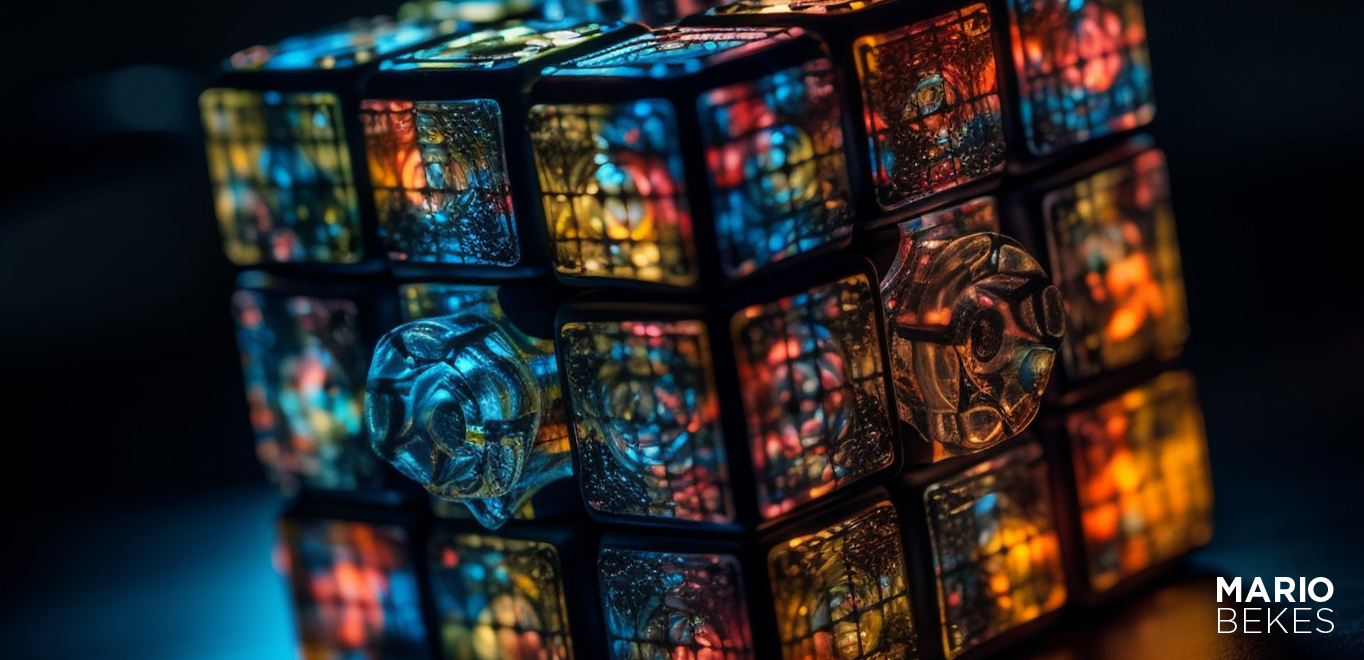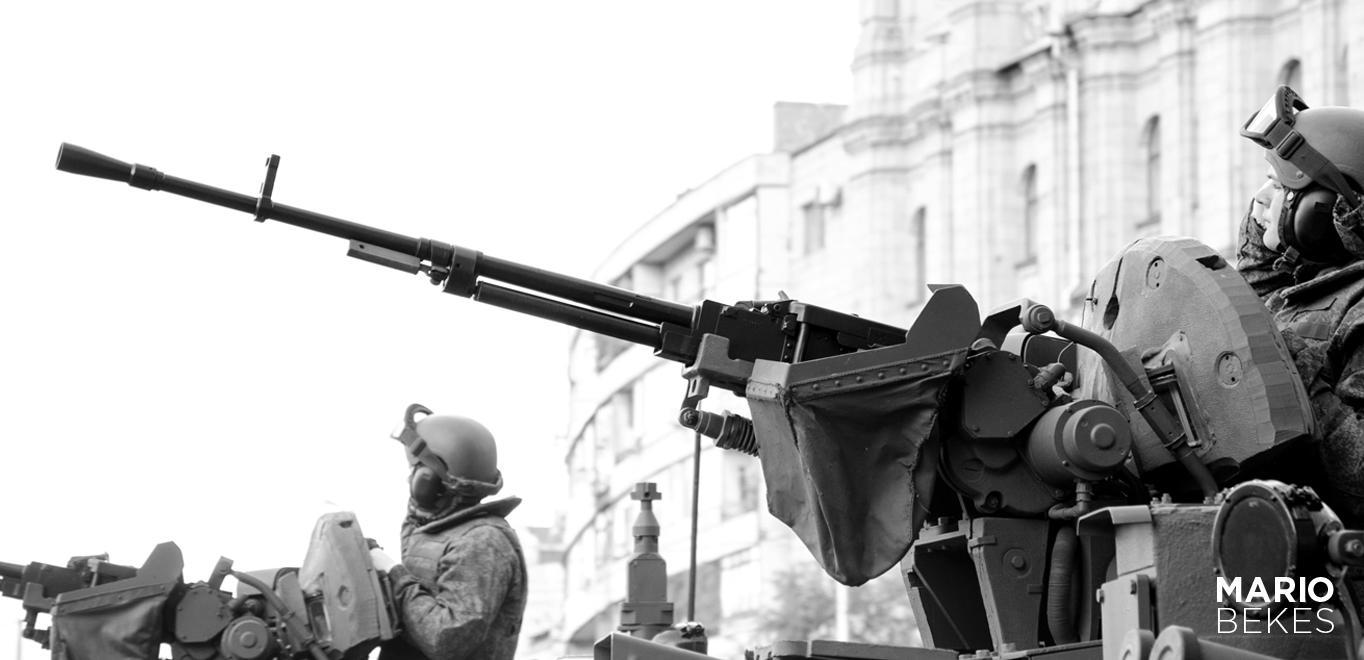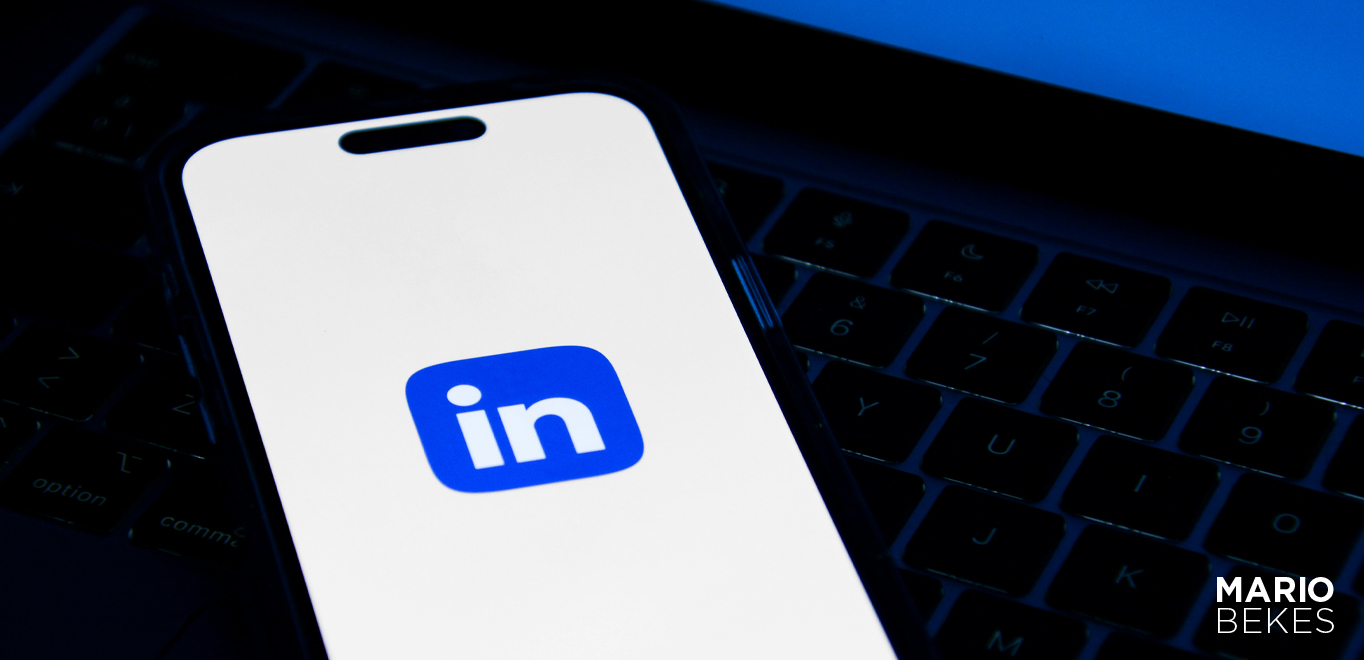The Person Who Believed in You When You Didn’t
Cherish them, for they are a rare gift.
The Rarity of Unwavering Support
In a world where disconnection and judgment are all too common, do you have that one person who always believes in you, no matter the circumstances?
Whose number do you have memorized because they’re the first person you call when life gets tough?
Who is the one who sees your struggles, offers unwavering support, and never turns away?
In times of doubt and heartache, this person’s loyalty is a lifeline.
In today’s fast-paced, often disconnected world, we often hear people lament the lack of support and understanding from others.
Whether it’s in work, relationships, or simply navigating daily challenges, feelings of isolation and the lack of a reliable support system have become more apparent.
People appear to be mired in their own struggles, too preoccupied with their personal conflicts to help or listen.
This has been especially evident during COVID, when we were isolated.
Unfortunately, this has created an environment where genuine care, compassion, and a willingness to stand by someone in times of need and distress have become increasingly rare.
Despite the apparent lack of solidarity in many aspects of life, one person will never give up on you.
This is the person who believes in you, understands you, and stands by you in your darkest times.
This person can take many forms: a family member, a friend, a mentor, or even a partner.
No matter who they are, their role in your life is invaluable.
These are the people who, through their actions and unwavering support, offer the kind of emotional and mental stability that is so crucial to our well-being.
A World Growing Colder
It’s easy to get caught up in the noise of everyday life. We often look to social media for validation, to friends for reassurance, and to society for a sense of belonging.
But ultimately, relationships that transcend superficiality are the most meaningful.
It’s not the number of likes on a post or the number of followers on a platform that can provide the greatest comfort during difficult times; it’s real, human connections that can truly make a difference.
During challenges, when the world seems to be falling apart, there are often times when we feel completely alone, as if no one really understands our pain or the depth of our struggles.
The pressure to “hold it together,” to appear strong, and to maintain a facade of control can be overwhelming. However, it’s crucial to find someone who doesn’t require you to be flawless or cohesive.
They don’t demand explanations or expect you to behave in a way that meets their standards. Instead, they embrace you as you are, with all your flaws and imperfections, and offer you the gift of acceptance.
That unwavering support is no small thing. In fact, it’s priceless.
Having someone who believes in you, even when you’re struggling to believe in yourself, is a rare and extraordinary gift. It can be simple to overlook these individuals, particularly in a society that frequently emphasizes personal growth and self-assurance.
However, the reality is that we all need help at some point in our lives. We need people who will show up when things get tough and who will stand by us when others might turn away.
Real Connection vs Superficial Validation
Unfortunately, the environment we live in today can make it difficult to appreciate those who offer this kind of unwavering support.
As society becomes more competitive, judgmental, and focused on outward appearances, it can be easy to feel like you must constantly prove yourself in order to be worthy of love and attention.
We often find ourselves surrounded by people who are quick to judge and criticize and slow to show empathy.
I must be honest, and I have said this many times before: my first encounter with a private business in Australia started with me being immediately criticized for not speaking English fluently, which is not my native language, and that I would never succeed.
They immediately criticized me and said I was “doomed” to succeed.
Today, whether it’s because of the pressures of social media or the fast-paced nature of our modern lives, it can seem like people are more focused on pointing out each other’s flaws than offering help or kindness.
In this environment, it becomes even more valuable to recognize those who truly see you—not just the outer shell, but the person beneath the surface.
And I am grateful for the person who didn’t give up on me at that moment, just as I didn’t give up on myself either.
These people don’t mock your mental anguish or dismiss your feelings. They understand that life is difficult and that everyone faces challenges that can seem insurmountable at some point.
Yet, instead of turning their backs, they offer their help, their love, and their support.
They may not always have the answers, but they have something even more important: empathy.
They don’t need to fix you or offer solutions; they simply need to be there and willing to listen. Their presence is a reminder that no matter how awful things seem, you are not alone.
Society’s Harsh Lens
It can be challenging to find people like this. In a world where trust is frequently shattered and individuals frequently come and go, it can appear that those who truly support you are scarce.
We often experience betrayal, dishonesty, rejection, and disloyalty, which makes us hesitant to open or depend on others.
However, when you find someone who truly cares about you and consistently shows their commitment to your well-being, cherish that relationship.
These are the people who are there for you through your worst moments.
They don’t abandon you when you fall short of expectations or when you experience failure. Instead, they encourage you to keep going, even when the path ahead seems uncertain.
While their words may not always be precise, their actions convey a powerful message. Their loyalty and commitment are the constants that help keep you grounded when everything else seems chaotic.
Such people are rare gems, and their presence in your life should never be taken for granted. It’s easy to overlook someone’s unwavering support, particularly after spending a significant amount of time with them.
But it’s crucial to keep in mind that not everyone will stick around when things get difficult.
When things get tough, some people will leave, but others will remain steadfast, refusing to give up on you no matter what.
Recognizing the Ones Who Stay
We need to take the time to appreciate those who never give up on us. In our busy lives, it’s easy to forget to express gratitude for the people who make a difference in our lives.
Sometimes a simple “thank you,” a kind word, or a thoughtful gesture expressing your gratitude can strengthen your bond with those people.
What’s more, showing appreciation reinforces the value of the relationship. It lets the other person know that you don’t take their support for granted and that you recognize the importance of their presence in your life.
This simple act of appreciation can deepen your bond and serve as a reminder for both of you that you are not alone on your journey.
Don’t let go of those who don’t let go of you
Finally, it’s important to remember that those who never give up on you are invaluable. In a world that often seems cold and indifferent, they are the ones who offer warmth, understanding, and unconditional support.
They are the ones who help you find strength when you no longer have it.
They remind you that you deserve love and support even when the world is against you.
As we navigate our lives, let’s not forget to appreciate the people who are there for us no matter what.
Let’s not take for granted those who believe in us when we struggle to believe in ourselves. And above all, let’s hold on to these people, because they are the ones who make life worth living.
You should cherish someone who has never given up on you. Cherish them and make sure they know how much they mean to you.
Because, in a world where true support is rare, these people are a gift—one that should never be taken for granted.
Conclusion: A Personal Thank You
It’s easy to take people for granted, especially those who support us unconditionally.
But the reality is that these rare, loyal, loving individuals are the ones who keep us grounded and give us the strength to face whatever life throws our way. Take the time to cherish them and never let them go.
Their presence in your life is more valuable than anything else.
I’ll never be able to thank three people enough for sticking by me when I thought I had no strength, was no good, or was about to give up.
I thank them for believing in me.









